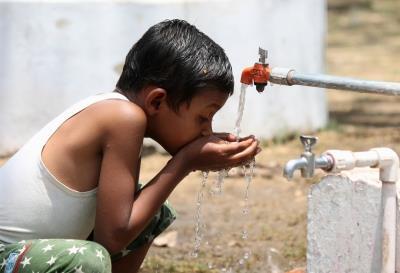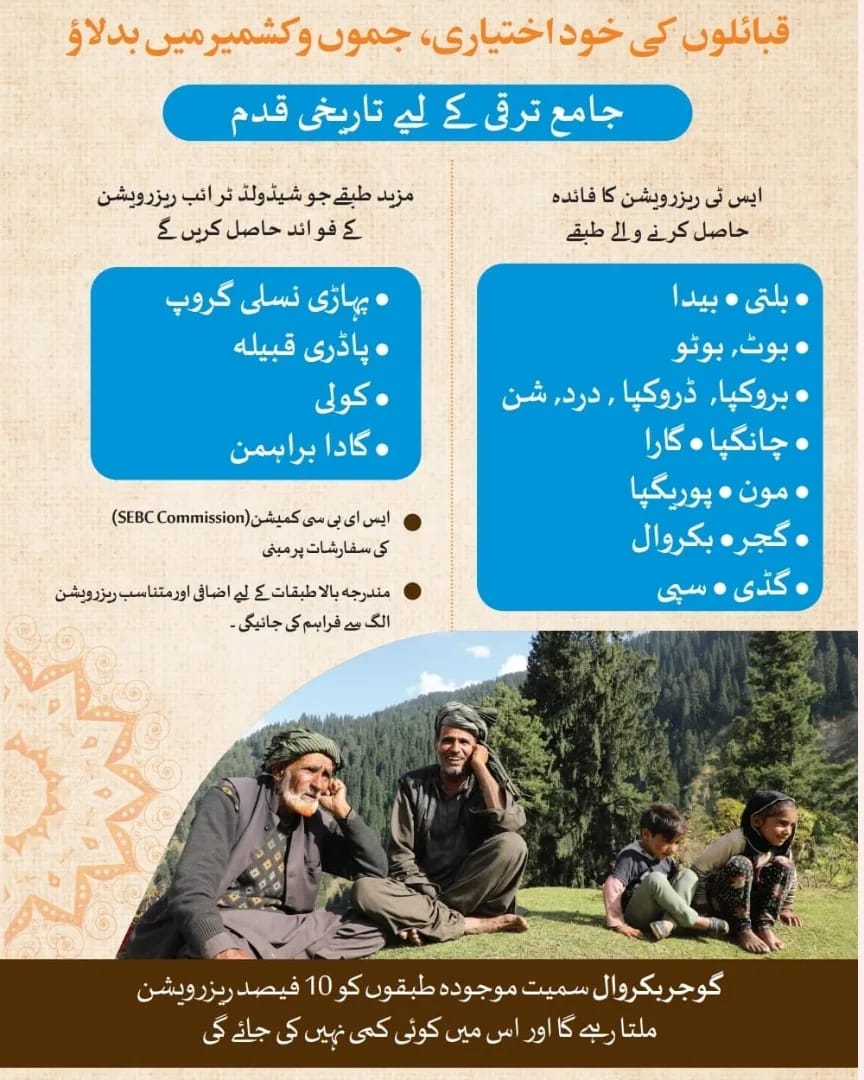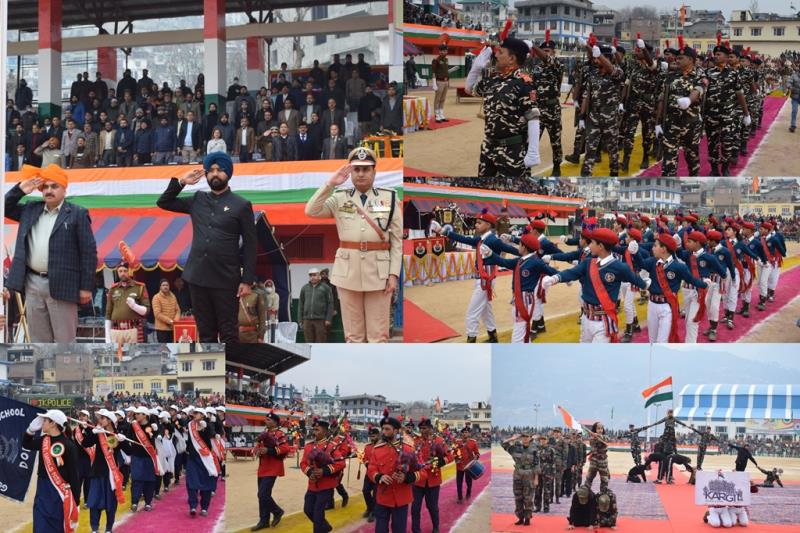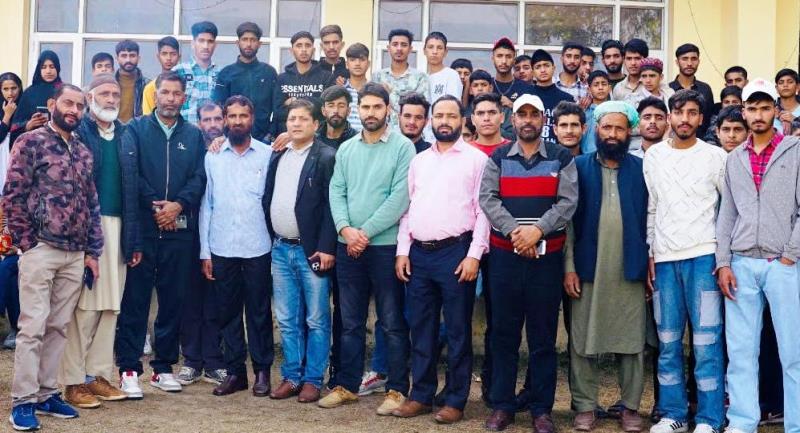NEW DELHI: Jammu and Kashmir is planning to achieve 100 per cent coverage of tap water connection to rural households by December 2022 under the Jal Jeevan Mission, the Jal Shakti Ministry said on Saturday.The Union Territory of Jammu and Kashmir has 18.17 lakh households, out of which 8.38 lakhs (46 per cent) are already provided with tap water connections.The UT is allocated Rs 681.77 crore as central share under the JJM for this financial year, the ministry said. The UT is eligible for additional allocation based on physical and financial performance.”UT (of J&K) is planning 100 per cent coverage by December 2022 ahead of the national goal of 2023-24. By doing so, J&K will be a leading example to accomplish the ambitious target of providing tap connection to every rural home,” the ministry said in a statement.A mid-year review of all states and UTs is being undertaken by the National Jal Jeevan Mission team, Ministry of Jal Shakti through video conferencing where states/UTs are presenting the status of the provision of tap water connection to rural households as well as the institutional mechanisms in place and the way forward to ensure universal coverage.Jammu and Kashmir also presented its progress on implementation of the JJM programme which aims to provide tap water connections to all rural households by 2024.Jammu and Kashmir has finalised the Village Action Plan (VAP) in respect of 4,038 villages. VAP comprises components such as source strengthening, water supply, grey water management and operation and maintenance.Stress was given on the constitution of Village Water and Sanitation Committees so that the local village community or gram panchayats or its sub-committee/ user groups be involved in planning, implementation, management, operation and maintenance of water supply systems in villages to ensure long-term sustainability of water supply systems to achieve drinking water security in rural areas, the statement said.The UT was asked to organise training for capacity building of gram panchayat functionaries as well as other stakeholders and also to focus on skill development training in villages to create a pool of trained human resources at village level, which will be helpful in implementation as well O&M of water supply systems, it added.
EDITOR PICKS
POPULAR POSTS
ABOUT US
SACH News TM- voice of people of Jammu Kashmir. We are Publishing House of Sach Jammu(English Weekly). Sach News is one of the popular weekly newspaper of Jammu. We provide you Latest news on politics, sports, crime, education, real estate, business entertainment and much more.
Contact us: [email protected]
© Sach News 2014-2023 | Maintained by Webng.in





